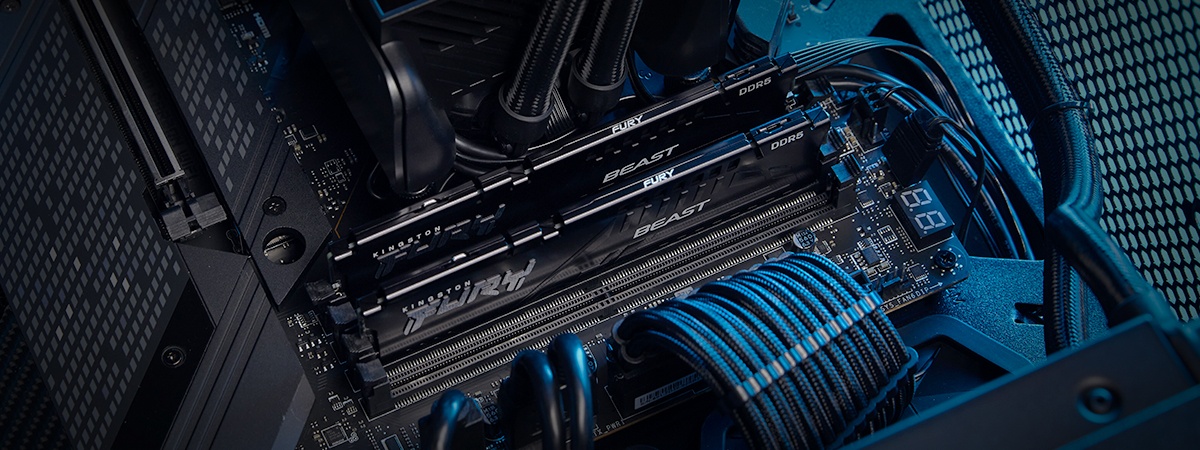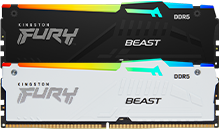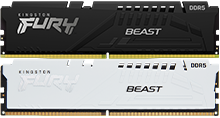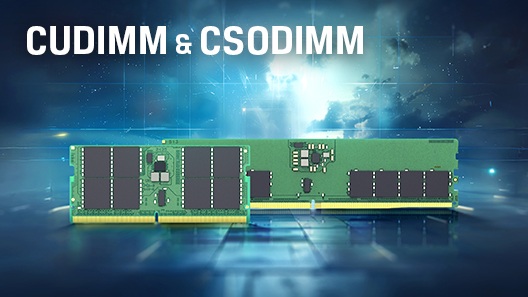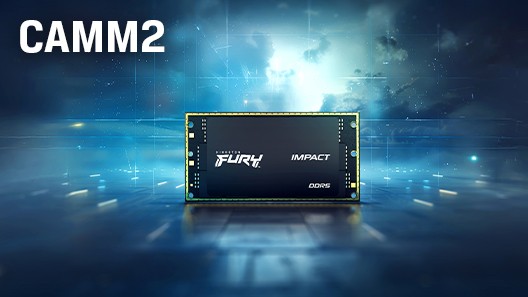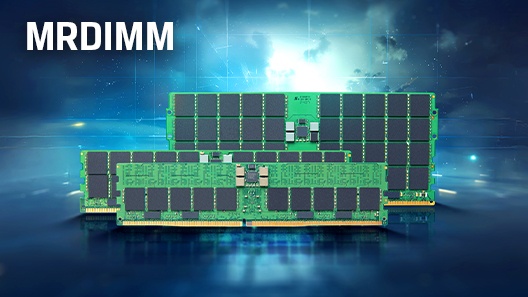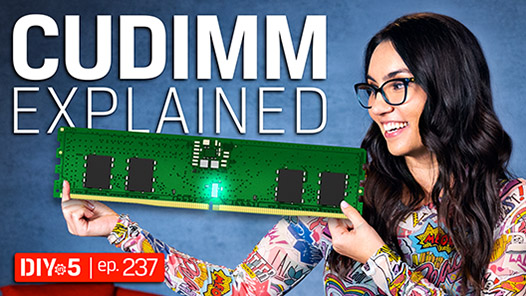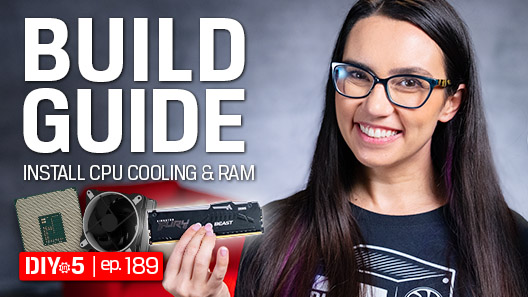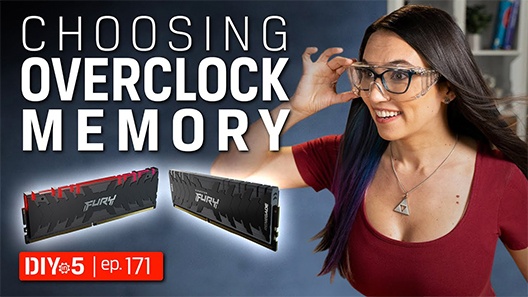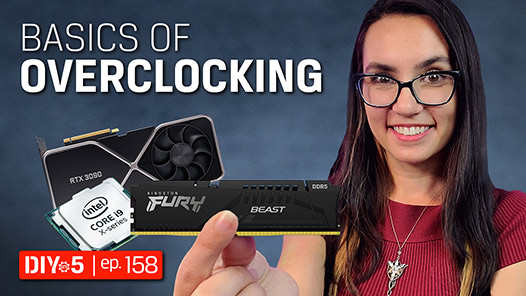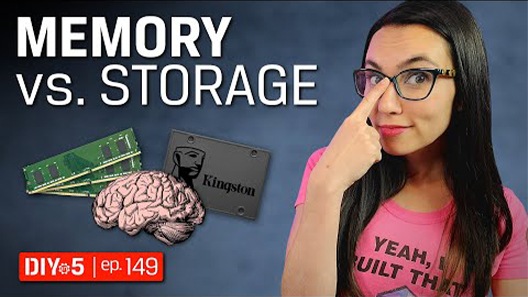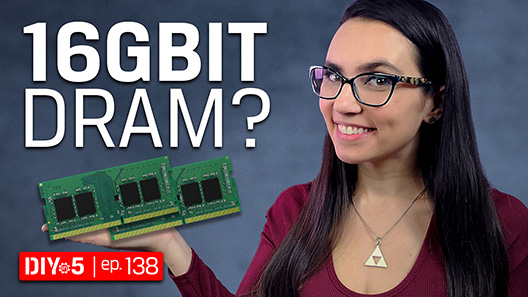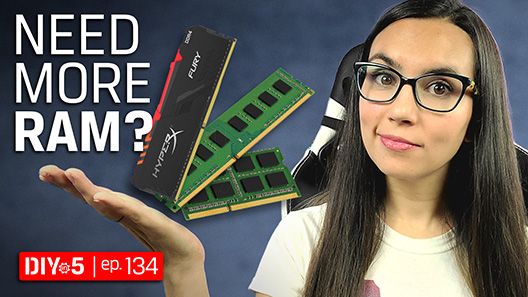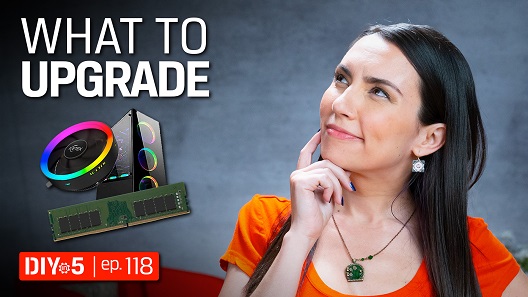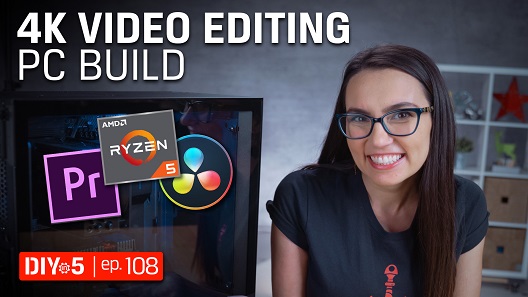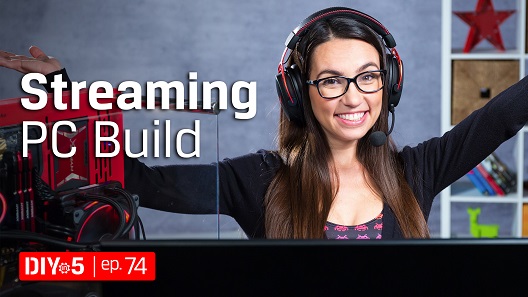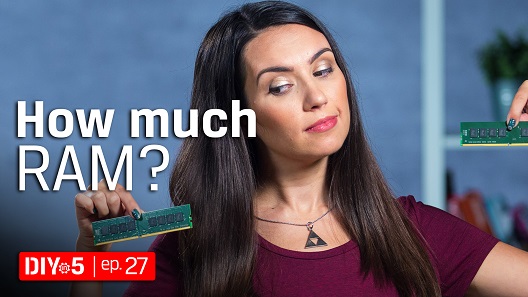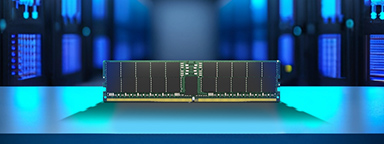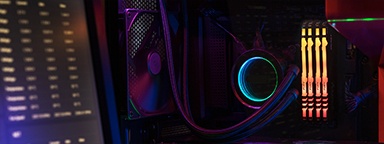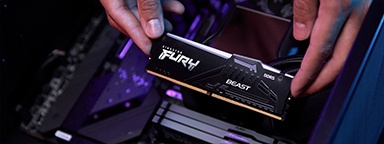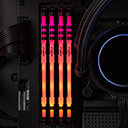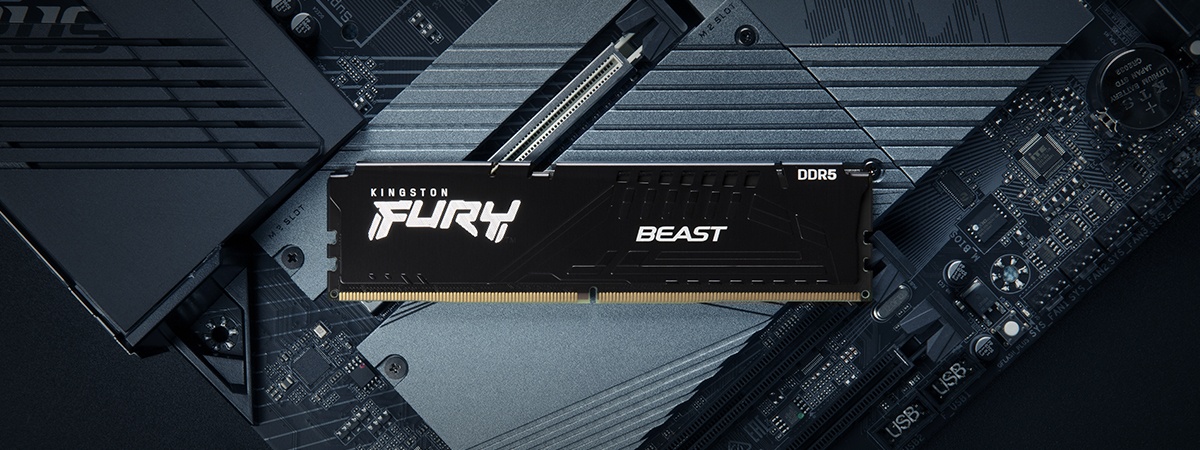
AMD Ryzen processors have revolutionised the gaming landscape, delivering top-tier performance across various segments, from budget-friendly gaming rigs to high-end enthusiast systems. Whether you’re optimising your current build or planning a new one, understanding how to match your AMD Ryzen processor with the right memory components is key.
In this guide, we explore everything from boosting Ryzen 9000 Series performance to the best RAM configurations for various Ryzen models, and the significant role that Kingston FURY EXPO-certified memory plays in this ecosystem.
AMD Ryzen memory support: What you really need
Games and applications benefit from overclocked memory, providing faster results and less lag, so planning for the right combination of speed and capacity for Ryzen configurations is important.
The latest AMD platform is referred to as AM5 (for Socket AM5), which utilises DDR5 memory exclusively and is built on the Zen 5 microarchitecture. AM5 Ryzen 7000 / 8000 / 9000 series processors can be paired with the following AMD chipsets: X870E / 870, B850, B840, X670E / 670, B650E / 650, A620.
These processors and chipsets feature a dual channel DDR5 memory architecture, where a pair of identical memory modules work together, aggregating their bandwidth, to provide optimal performance. While most AM5 motherboards feature four memory sockets, supporting up to two modules in each channel, it’s generally not recommended to install four memory modules unless you need the maximum amount of memory capacity.
Due to chipset limitations, installing a second pair of DDR5 memory modules will limit how fast the memory can run. Since all memory modules must run at the same speed, if you combine two high-speed dual channel kits, the results may be disappointing, not to mention unstable.
The first consideration should always be how much memory do you need? Once you decide on the best target capacity, then you can see what speed options are available by the processor model and motherboard.
Recommended RAM configurations by CPU
| Ryzen CPU | Recommended RAM | Notes |
|---|---|---|
| Ryzen 9 / 7 – 9000 Series | 32GB (2x 16GB) DDR5 6400MT/s – 8000MT/s 64GB (2x 32GB) DDR5 5600MT/s – 6400MT/s 96GB (2x 48GB) DDR5 5600MT/s – 6400MT/s |
Ideal for high-end gaming and multitasking |
| Ryzen 5 – 9000 Series Ryzen 7 / 5 – 8000 / 7000 Series |
32GB (2x 16GB) DDR5 5600MT/s – 7200MT/s 48GB (2x 24GB) DDR5 5600MT/s – 7200MT/s |
Mid-level gaming and multitasking |
| Ryzen 5 – 8000 | 16GB (2x 8GB) DDR5 5600MT/s – 6800MT/s | Entry-level gaming and multitasking |
| Ryzen 9 / 7 – 7000 Series | 32GB (2x 16GB) DDR5 5600MT/s – 6800MT/s | – |
| Ryzen 9 / 7 – 5000 Series | 16GB (2x 8GB) DDR4 3600MT/s – 4600MT/s 32GB (2x 16GB) DDR4 3200MT/s – 3600MT/s 64GB (2x 32GB) DDR4 3200MT/s – 3600MT/s |
High-level gaming and multitasking |
| Ryzen 7 / 5 – 5000 Series | 32GB (2x 16GB) DDR4 3200MT/s – 3600MT/s | Mid-level gaming and multitasking |
| Ryzen 5 – 5000 Series | 16GB (2x 8GB) DDR4 3200MT/s | Entry-level gaming and multitasking |
Additionally, as modern gaming, heavy multitasking and new AI applications continue to demand more memory, upgrading from 16GB to 32GB can be highly beneficial.
